Did I enjoy this novel? Yes! Nevertheless, it dismayed me. How could John Banville, whom I’ve admired so much ever since he published his first short stories, whose great novel The Sea deservedly won the Booker and whose thrillers, written under the pseudonym Benjamin Black, so hauntingly evoke 1950s Dublin, have wasted however long it took to write it?
The answer, perhaps, was given some years ago, in an interview with a journalist, when he confessed: ‘The guiding light has always been Henry James.’ Probably all serious novelists in our language revere James beyond idolatry. He calls us to raise the craft of fiction to the level of art. And the trouble is that anyone with an ear soaked in the Jamesian music falls into the danger of parody.
There are two Irish ways out of this. Not so long ago, Colm Tóibín published The Master, to enormous acclaim. It was the most devoted act of homage imaginable — the tale of a sad old bachelor of the 1890s — and yet, at the same time, it is hard to think of any book published since James’s death 101 years ago which would have horrified him more. Not because it ‘outed’ him as a homosexual (was he, in any meaningful sense?) but because it ‘outed’ him as anything — he, the Master, that most inner and enclosed of imaginations.
And now this from Toibín’s fellow countryman: a continuation of The Portrait of a Lady. Two technical problems loom immediately, and even so masterly a craftsman as Banville cannot overcome them.
First, does he assume that the reader has already read James’s novel? In Mrs Osmond, it is hard to tell. In case you have not read The Portrait of a Lady, an innocent, rich, young American woman, Isabel Archer, marries an American in Italy called Gilbert Osmond, who has a teenaged daughter — assumed to be the child of his first marriage. In fact Pansy Osmond is the daughter of Gilbert’s mistress, Madame Merle, who has urged him to marry Isabel so that the pair — still lovers, one assumes — can spend her money.
In this book, it is page 123 before we are told that Pansy is really the daughter of Madame Merle. If you’ve read James’s novel, you’ll know that. And if you haven’t, why should you be interested in the paternity of a young woman who has not yet appeared?
The second technical problem is: does the modern writer attempt a parody of James or write in his own idiom? At first, we assume that Banville is going for the option of pure parody. And there are paragraphs which are brilliant — slightly over the top, but of the sort which would have won the competitions which used to be set in this magazine, in which parody so predominated. But then there are extended passages in which James is not obviously parodied, and, indeed, there are certain key passages — in the descriptions of food, for example, which James himself almost always eschewed — where a completely cruder idiom is employed.
This is a feisty, 21st-century (really) Isabel Archer, who returns to 19th-century Italy to get her revenge on her cheating husband and the ghastly Merle. As we should expect from Banville, the plot twists are ingenious, and Isabel’s particular form of revenge is subtle as well as effective. We all cheer her on, but she has to do so by expressions which, in a real James novel, she would never have used.
Yes, I enjoyed this book, and would love to hear Banville speaking about Henry James. But when the evening was over, I would want him to go back to being John Banville.
Got something to add? Join the discussion and comment below.
Get 10 issues for just $10
Subscribe to The Spectator Australia today for the next 10 magazine issues, plus full online access, for just $10.
You might disagree with half of it, but you’ll enjoy reading all of it. Try your first month for free, then just $2 a week for the remainder of your first year.

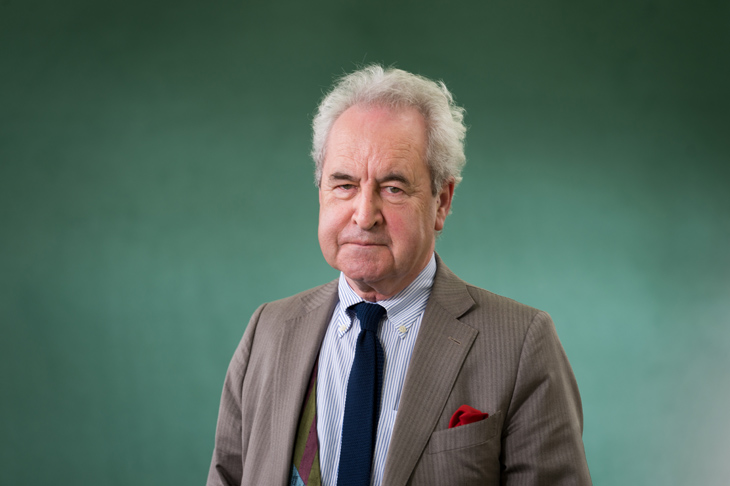

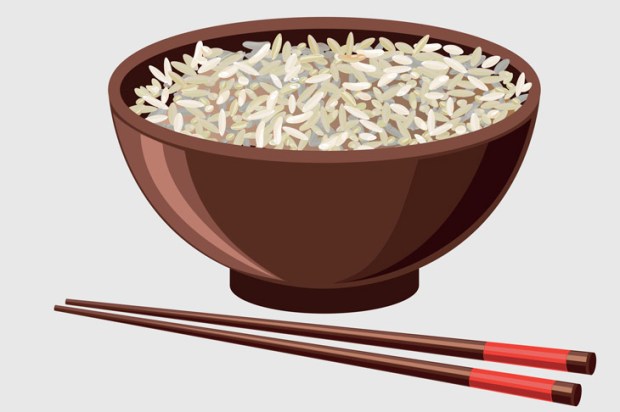
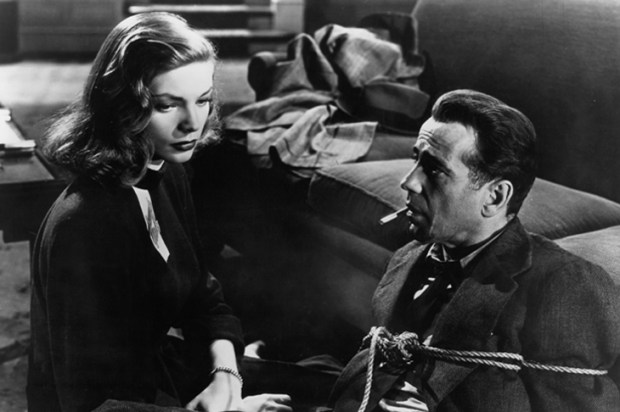
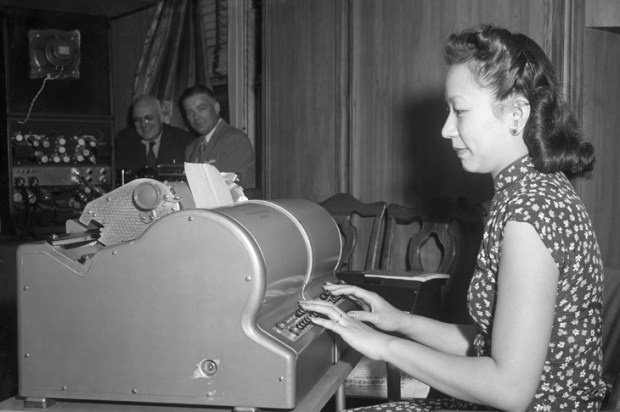
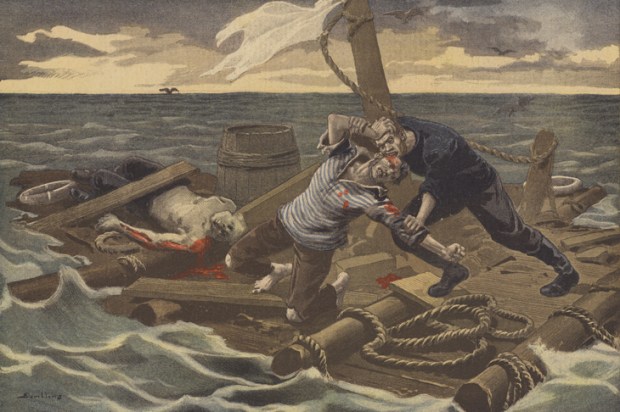
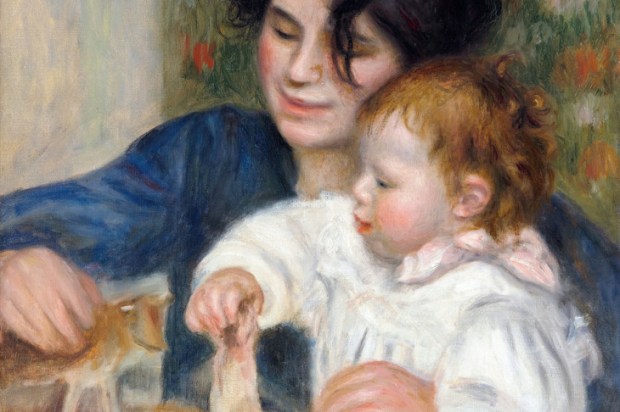






Comments
Don't miss out
Join the conversation with other Spectator Australia readers. Subscribe to leave a comment.
SUBSCRIBEAlready a subscriber? Log in